In the motor cooling system, the fan's influence and control on the motor cooling effect!
The fan is an important wind pressure component of the motor ventilation and heat dissipation system . It compensates for the wind pressure loss when the cooling medium passes through the air path, transports a certain flow of cooling medium to the heating part of the motor, takes away the heat and transfers it to the next level of cooling medium.
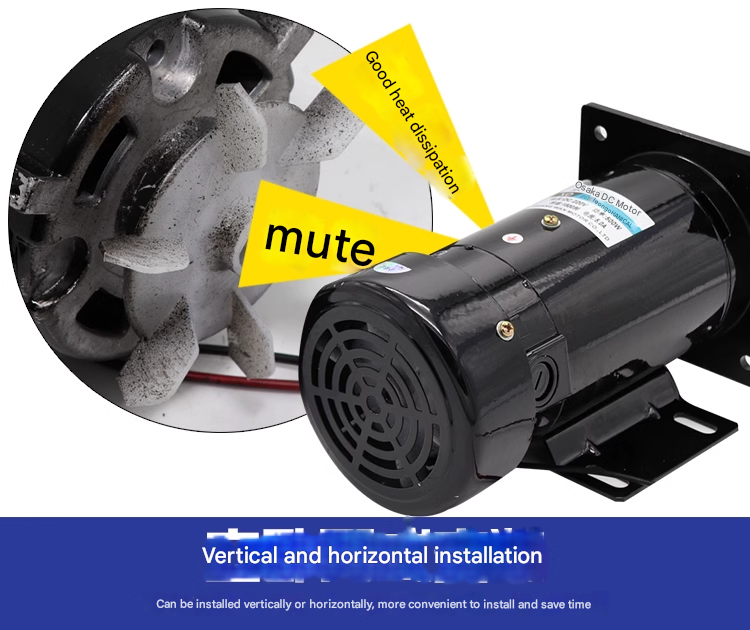
Generally, the fan installed in the inner cavity of the motor is called an internal fan, and the fan placed outside the motor housing is called an external fan. Both the internal and external fans are fixed to the motor rotor and rotate with the rotor.
For small and medium-sized motors, heat dissipation mainly relies on the wind pressure generated by the external fan and the wind shield to guide the flow. The cooling medium air blows on the shell surface to bring the heat generated by the motor to the surrounding environment. Generally, an external fan is installed at the non-axial extension end of the motor, and an external ventilation and heat dissipation system is formed with the wind shield and the heat dissipation ribs of the base to ensure that a certain flow of cooling medium air flows through the shell surface to take away enough heat, so that a relatively stable temperature field is formed from the internal heating element to the shell surface, and from the shell to the surrounding environment, and the maximum temperature of the temperature field inside the shell is not higher than the design allowable value.
The fan is a wind pressure element of the motor ventilation and heat dissipation system. It forms an independent ventilation and heat dissipation system with the motor's iron core, windings, etc. to drive the internal cooling medium air to circulate along the designed preset path. For example, the motor iron core of the radial ventilation cooling structure has at least three core segments. Ventilation grooves are arranged between adjacent core segments to form ventilation grooves. The wind resistance of the ventilation grooves gradually increases from the two ends of the motor to the middle part of the motor, which can improve the balance of the air flow through multiple ventilation grooves, so that the temperature of the coil and multiple core segments is basically balanced along the axial distribution of the motor. Compared with the solid structure, without changing the total air flow, the highest temperature value in the temperature field is significantly reduced, effectively avoiding failures caused by excessive local temperature rise.
Axial ventilation is divided into full axial ventilation and semi-axial ventilation, that is, the cooling medium air flows into the axial hole punched on the core punching sheet from one end and flows out from the other end, or the gas flows into the axial hole of the core from both ends and then is discharged through the radial air duct in the middle. How to choose according to the internal structure characteristics is the key to reducing the temperature rise of the motor and improving the technical performance and economic level of the motor.
The built-in fan on the shaft is only suitable for motors running at industrial frequency. For variable frequency motors, due to the large difference between high and low speeds when the motor is running, especially when running at low speed, the built-in fan of the rotor cannot meet the heat dissipation needs of the motor. Therefore, the heat dissipation conditions of the motor will be improved by an independently installed and operated fan.



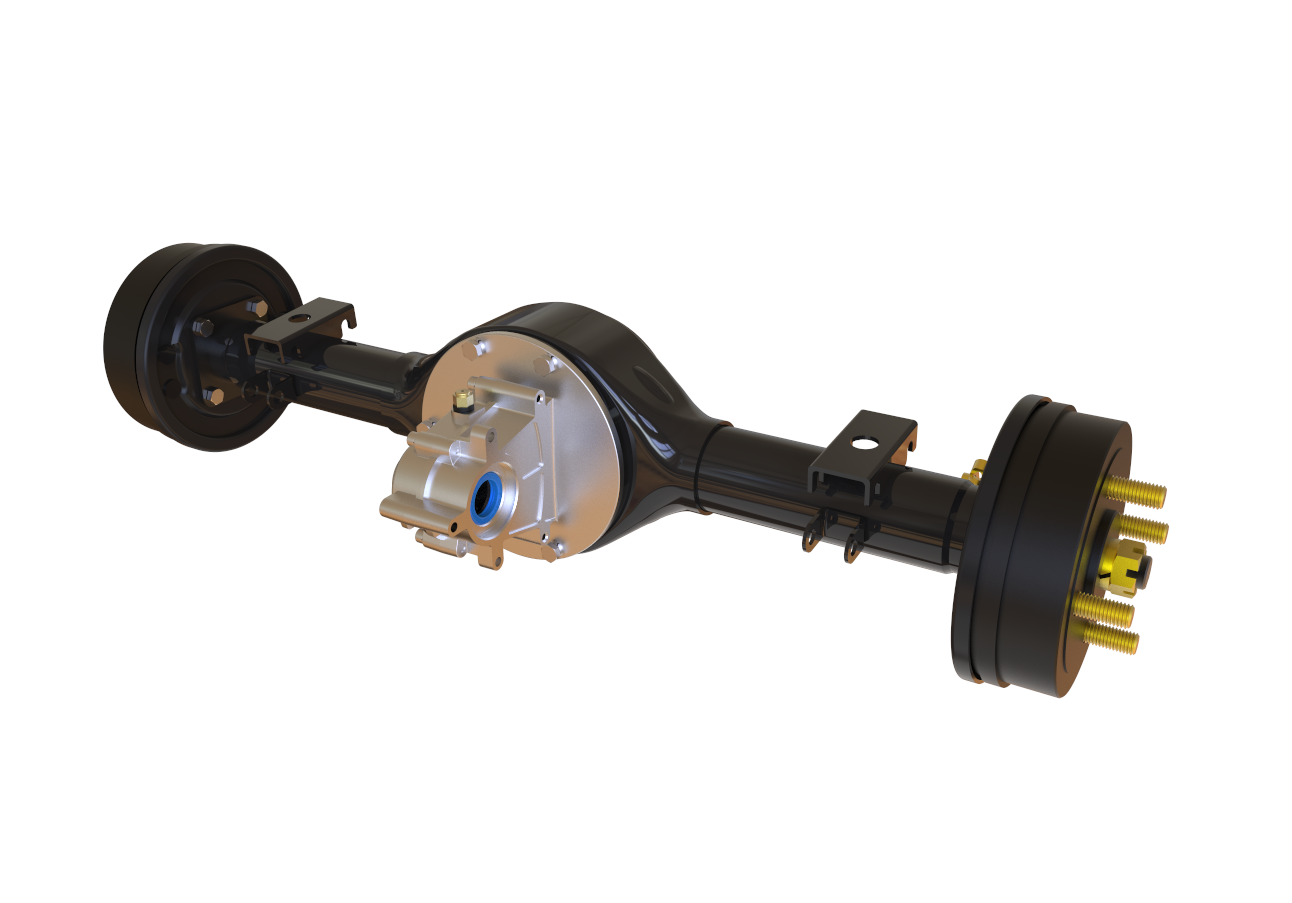
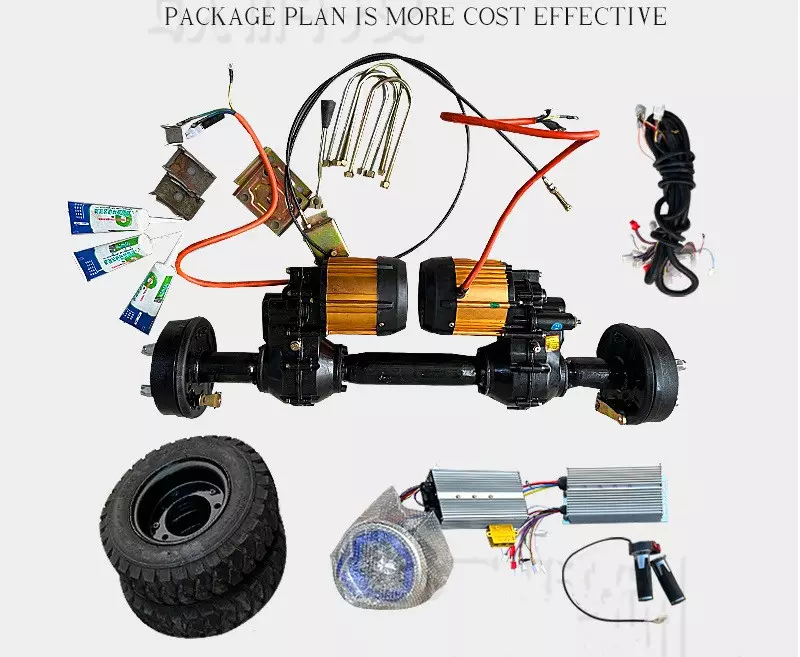

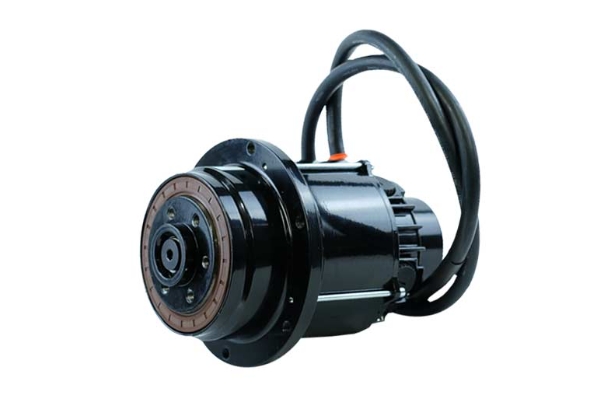
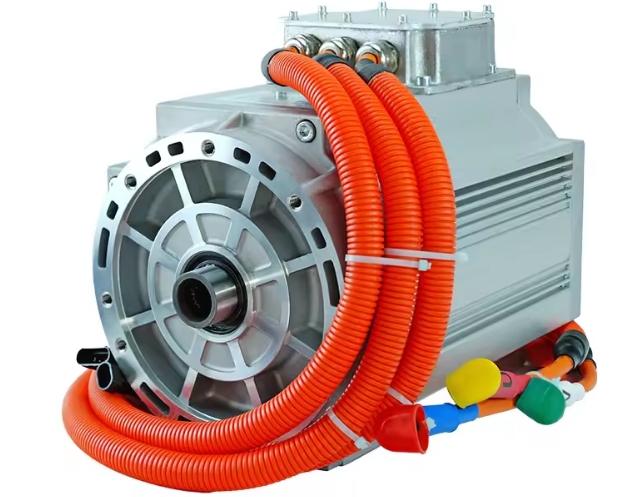
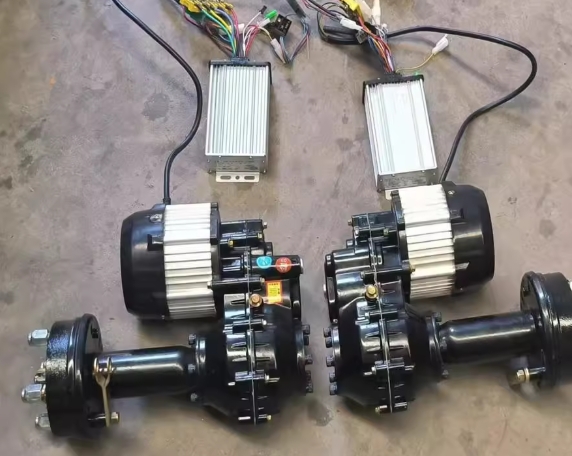
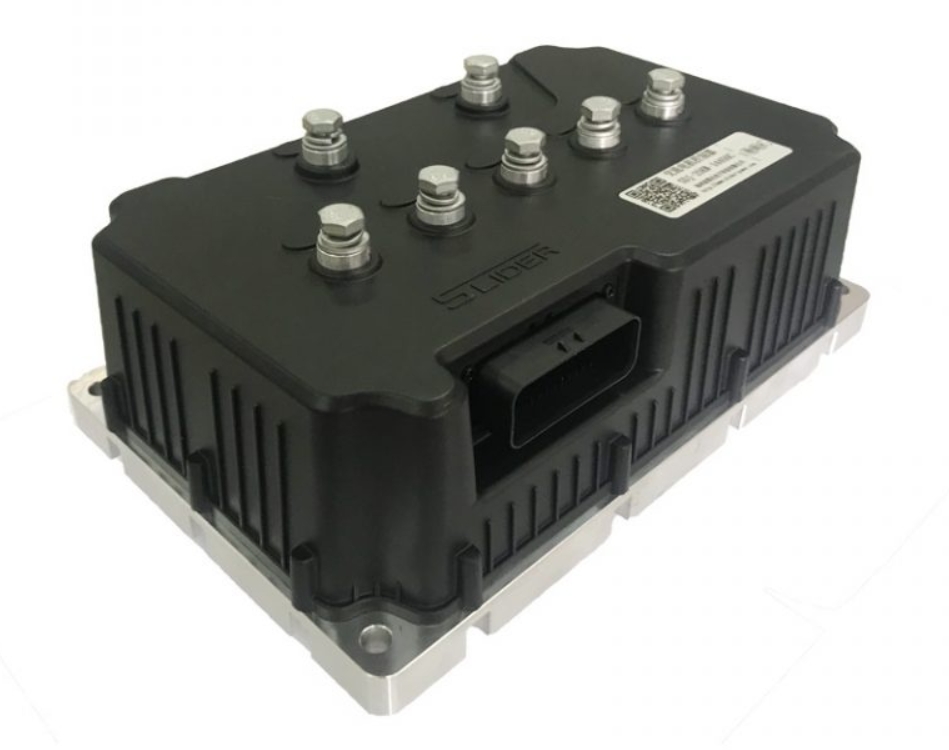

















 XINDA
XINDA